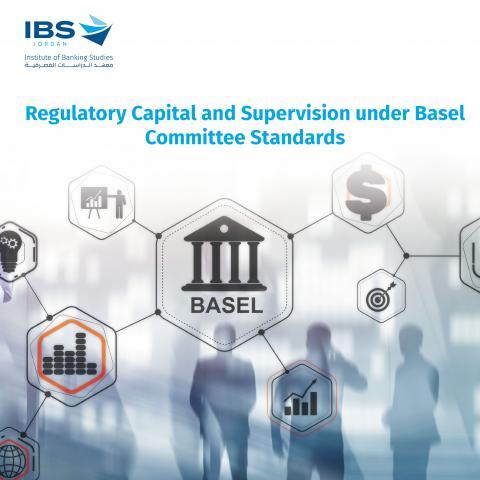
By the end of this training course, trainees will be able to :
- Identify the role and importance of capital in a bank’s balance sheet.
- Explain the purpose, principles, evolution and application of the basel capital adequacy regulations.
- Identify the composition and relative importance of the different capital types, including Common equity tier 1 (CET1), additional tier 1 (AT1), and tier 2, as well as basel III’s regulatory buffers.
- Describe the component of basel III accord related to liquidity, leverage ratio and G-SIB/D-SIBs regulations.
- Differentiate the alternative methodologies for assessing risk weighted assets for credit, market and operational risks.
- Apply the basel capital adequacy rules to a bank.
- Explain the significance and purpose of the ICAAP and its key components including stress testing.
- Describe the purpose of the ILAAP and its key components.
- Differentiate between regulatory capital and economic capital.
- Explain RAROC and how it is used to price products and evaluate performance.
- Professionals working in:
- Treasury .
- Risk .
- Finance .
- Capital management.
- Regulatory compliance.
- Audit.
- Bank regulatory capital :
- The evolution of Basel regulations:
- Basel I .
- Basel II: the three pillars:
- Minimum capital.
- Supervisory review.
- Market discipline.
- Basel III :
- Capital adequacy ratio minimum requirement.
- Liquidity framework (LCR, NSFR, monitoring tools).
- Leverage ratio.
- G-SIBs and D-SIBs requirements.
- Definition of regulatory capital under Basel III :
- Basel common equity tier 1 capital (CET1), additional tier 1 capital (AT1) and tier 2 capital.
- Capita buffers capital conservation, countercyclical and G-SIB/D-SIBs buffers.
- Pillar 2 add-on.
- Case study .
- Basel III minimum capital requirements :
- The credit risk capital charge :
- Expected credit losses: IFRS 9: three credit impairment stages.
- The standardized approach (SA).
- The foundation internal ratings-based approach (F-IRB).
- The advanced internal ratings-based approach (A-IRB).
- The market risk capital charge:
- The standardized approach.
- Internal models approach (IMA):
- Value at risk (VAR) and stressed VAR.
- Expected shortfall.
- The operational risk capital charge :
- Standardized measurement approach.
- Practical exercises .
- Pillar 2 –supervisory review :
- Four key principles of supervisory review .
- ICAAP :
- Pillar II risks: credit concentration risk, interest rate risk in the banking book, Liquidity risk, strategic and reputational risks and other risks.
- Stress testing.
- ILAAP.
- Case study.
- Beyond regulatory capital :
- Economic capital.
- Risk Adjusted Performance measures (RAROC).
